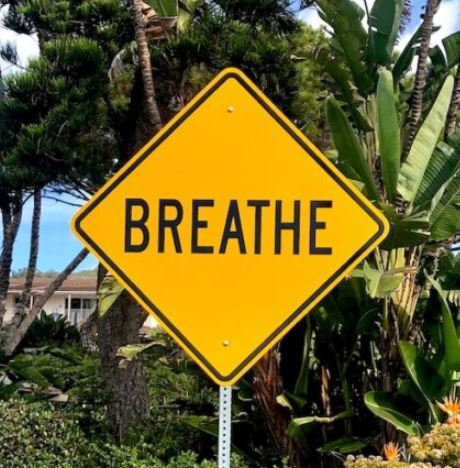Grounding exercises are techniques used to help you reconnect with the present moment and your physical surroundings. They are often used in the context of managing anxiety, stress, dissociation, or trauma. The purpose of grounding exercises is to help you feel more centered and focused and to bring you back to the present moment.
Why do you want to be brought back to the present moment? When you’re in the present moment, you’re less likely to be in a fight or flight emotional space. When you’re back in the present and self aware, you’re not lost in the anxiety of the past or fear of the future. You’re more likely be able to respond rather than react, resulting in making choices that are more life serving. We like to think of it as you’re thinking brain comes back and online, the part of the brain that cares about time and consequences — the part that cares about your long-term health, values, choices, and commitments.
(Note: Some links are to YouTube videos so they may have advertisements.)
(We’ve provided the link to our Facebook page first for some of the links because we gave a deeper explanation of the exercise there.)
The grounding exercise we usually describe in the office is the Andrew Weil one.

Breathing Exercises
- How to perform the 4-7-8 breathing exercise (Andrew Weil)
- Direct link to YouTube
- Another example of the 4-7-8 (Andrew Weil)
- Direct link to YouTube
- Alternate Nostril Breathing
- Direct link to YouTube
- 2 to 1 breathing
- Finger breathing (this gives you something to do with your hands)
- Smell the Roses, Blow out the candle
- Box Breathing – Coming Soon!
Somatic Exercises
- Peter Levine is talking about trauma exercises, yet they work equally well if not in trauma, but need to get grounded and be brought back into the present.
- Body scan: Pay attention to different parts of your body and notice any tension or discomfort. You may want to close your eyes, assuming you’re not driving or walking or in another position for which seeing is important for safety. Once you notice, don’t try to change anything. Just notice it. You may want to name it, such as “Tightness in my chest.” Just stay with it, and notice. Be curious. You may even ask yourself, “If that tightness in my chest could talk, what would it say to me?” And just wait for a response. It may or may not come. Again, don’t try to say anything. Just notice. And stay with it. Notice any colors. Or smells. Or even sounds. Does the tension move around? Does it have hard edges? Soft edges? Just stay with it, notice, and remain curious.